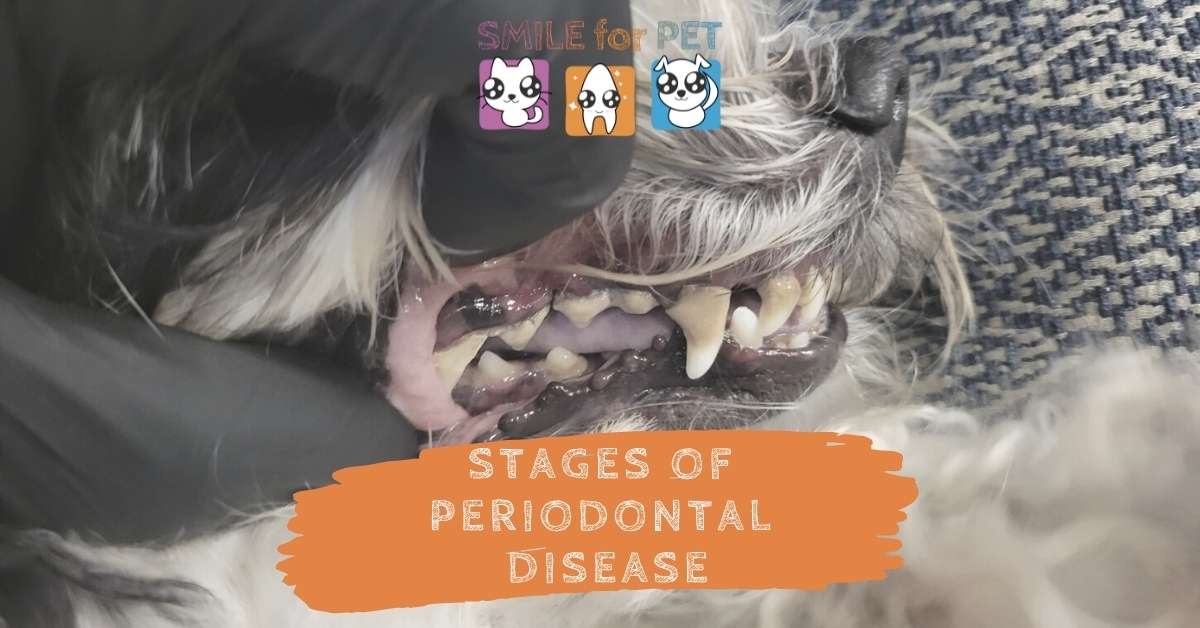Periodontal Disease and its prevention in the Veterinary is one of the most critical tasks. Dealing with pet’s teeth diseases and soft tissues of the oral cavity is the prevention of widespread animal diseases, the occurrence of which is associated with the presence of focal infection in the oral cavity.
- Stage 1. Gingivites
- Stage 2. Early Periodontitis
- Stage 3. Moderate Periodontitis
- State 4. Advanced Periodontitis
Especially the focal infection is a generation of multiple destructions of teeth, an inflammation of a mucous membrane of gums, etc.
Hygienist treatment is an active system of therapeutic and preventive veterinary dental care for animals, which allows cure not only the disease of the oral cavity but also prevents possible complications to other organs and body systems.
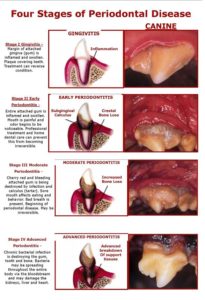
It is customary to classify from 4 to 5 stages of dental diseases depending on the veterinary school. Sometimes you can find stage 0 – this is a healthy animal with a cute snow-white smile.
Periodontal Disease Stage 1. Gingivites
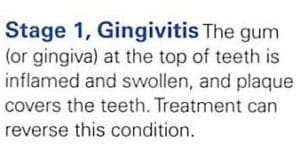
At this stage, the pet’s mouth is still basically healthy. However, a plaque is slowly starting to accumulate without yet being visible. The area around the tooth shows signs of gingivitis but not any attachment loss of bone or gum tissue. Gingivitis left unaddressed will progress into periodontitis, a more severe inflammation, and infection.
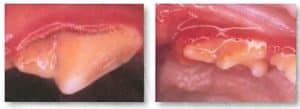
It is essential to check if calculus has already formed even at this stage. A massive threat to the health of the gums, calculus is hardened dental plaque accumulated in specific areas.
Periodontal Disease Stage 2. Early Periodontitis
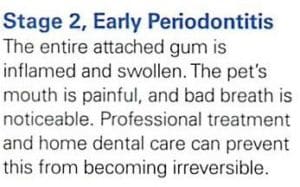
Having reached moderate gingivitis, this stage presents more noticeable inflammation, swelling, and sensitivity of the gums. Attachment loss is no more than 25%, with early signs of bone loss in teeth with multiple roots and less than 25% periodontal attachment. We will advise you to start or increase at-home dental care and schedule a thorough Smile4Pet dental cleaning to get your pet’s dental health back on track.
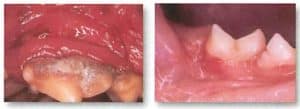
As early as Stage Two, you may see signs of bleeding and pain in your pet’s mouth, including trouble eating, grumpiness if touched in the face or mouth, and reluctance in games like tug-o-war.
Periodontal Disease Stage 3. Moderate Periodontitis
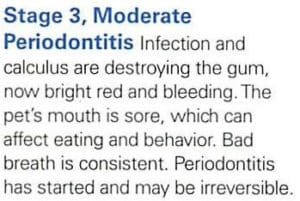
Reaching the third stage of periodontal disease in dogs should be avoided. It implies severe periodontal damage has already occurred, risking the pet’s overall health and complicating any potential treatment.
Unfortunately, many pet owners only notice periodontal disease once it has reached this stage.
At this stage, we can still provide high-quality teeth cleaning without anesthesia.
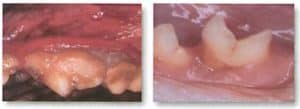
The third stage of periodontal disease in dogs and cats implies gingivitis has progressed, becoming periodontitis. The gums are irritated and swollen, but they also bleed easily. Inflamed sections of gum known as periodontal pockets are beginning to show because of subgingival bacterial invasion.
Besides producing discomfort and pain to the pet, there is evidence that bacteria originating in the mouth can affect the kidneys, liver, and heart.
Periodontal Disease State 4. Advanced Periodontitis
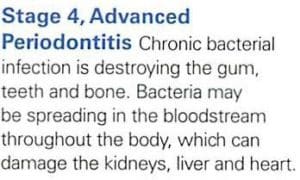
Having become established and chronic, periodontal disease in the fourth stage is considered extreme. Advanced periodontitis has taken hold, with more than 50% of attachment loss and critical bone loss. Pets with Stage Four teeth likely require multiple tooth extractions and effective dental treatment under anesthesia.
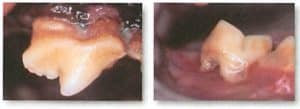
At this stage, our specialists can conduct Pre-surgical debridement ( Carrying out a tooth cleaning without anesthesia in advance will shorten the time required for the operation and minimize the risk of loss of the animal during surgery) or QofL Service (Quality of Life).
During Post-surgical aftercare, it is imperative to maintain the purity of the animal’s mouth. Our technicians will conduct the necessary hygiene for your pet.
Do you want to know how your animal is doing? Mail us pet teeth photos, and we will be happy to reply to you back. Our Contacts ->

